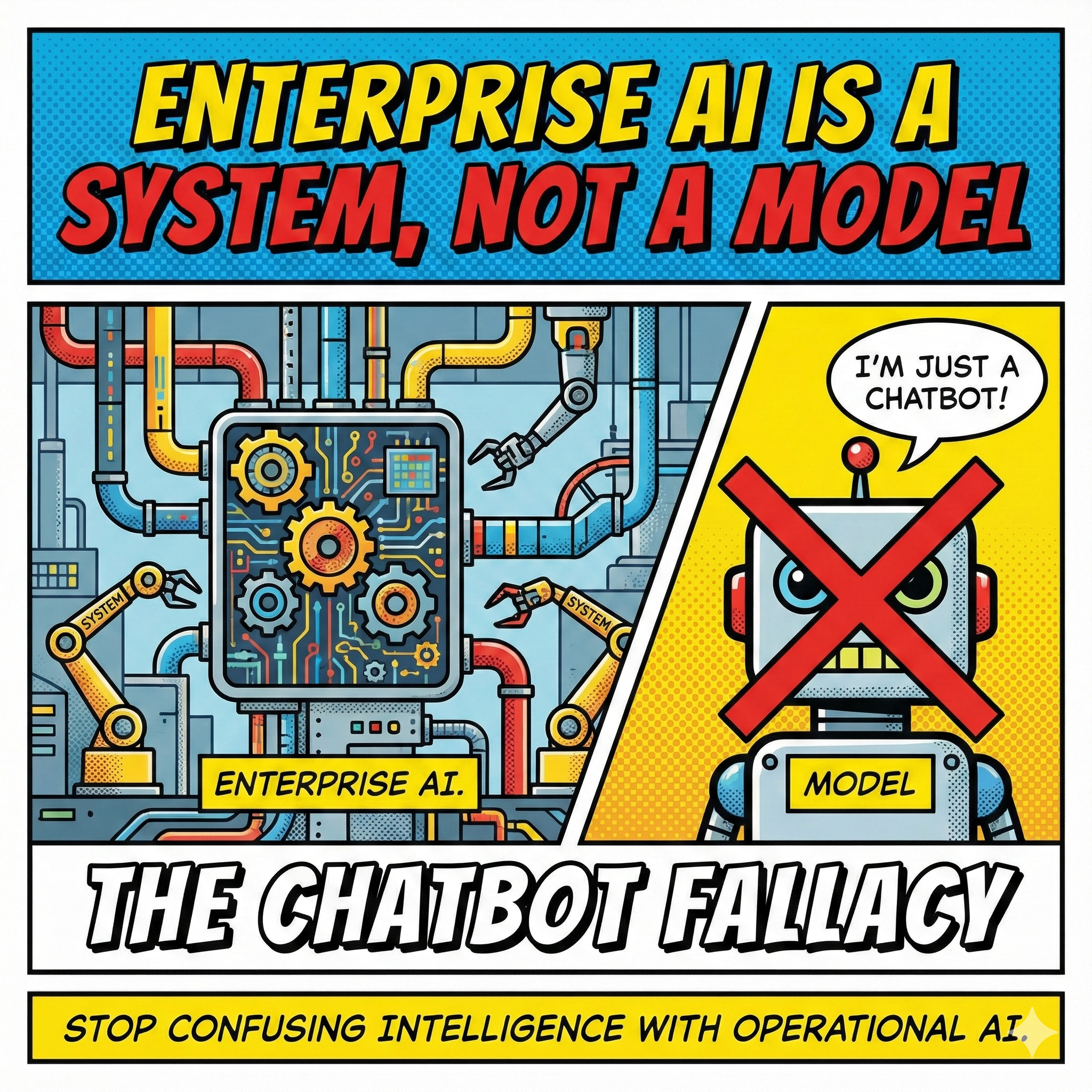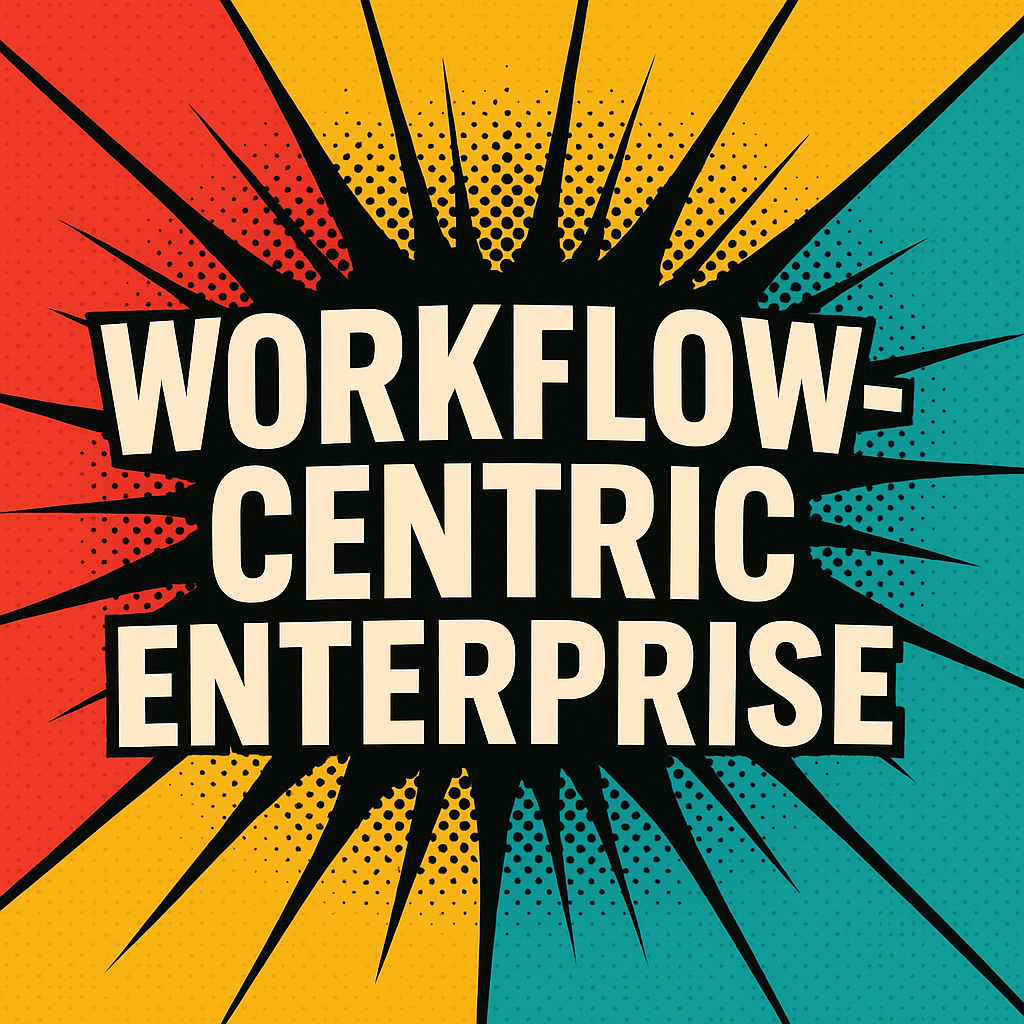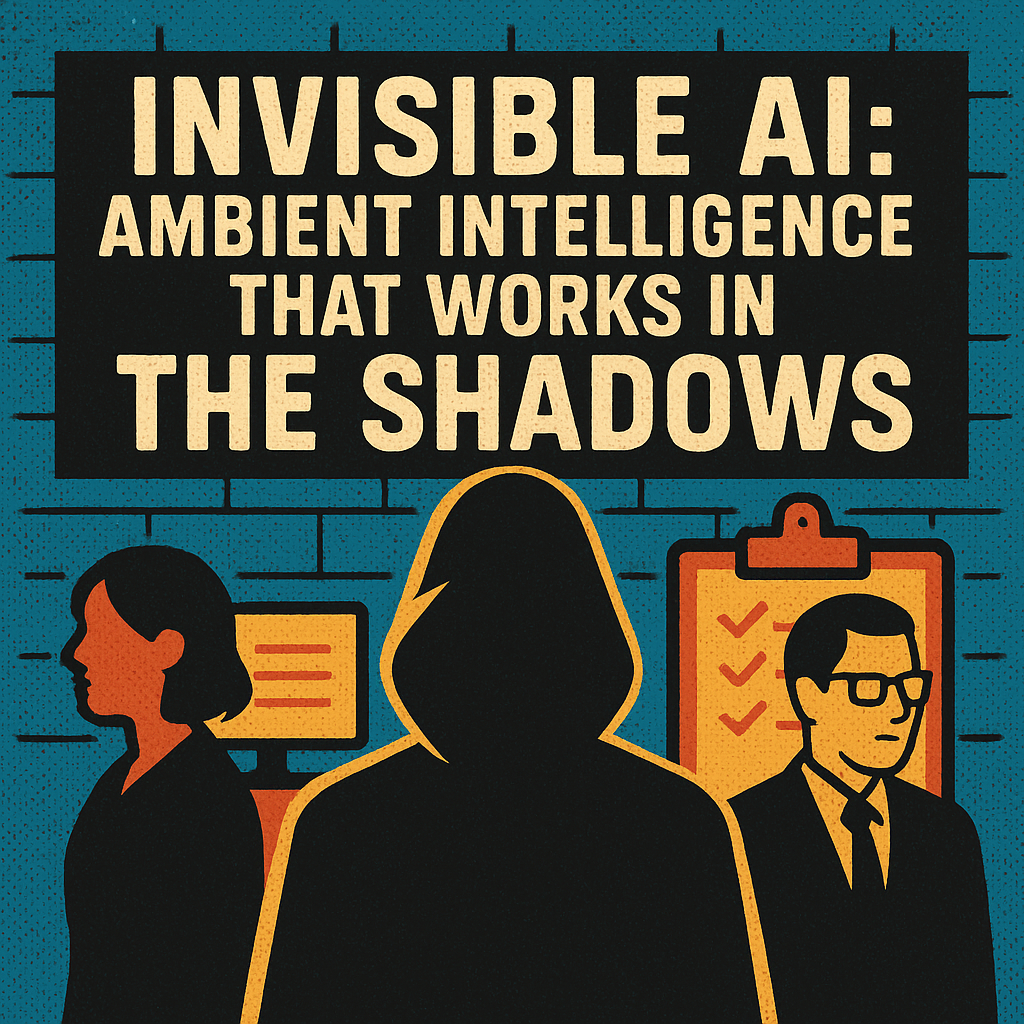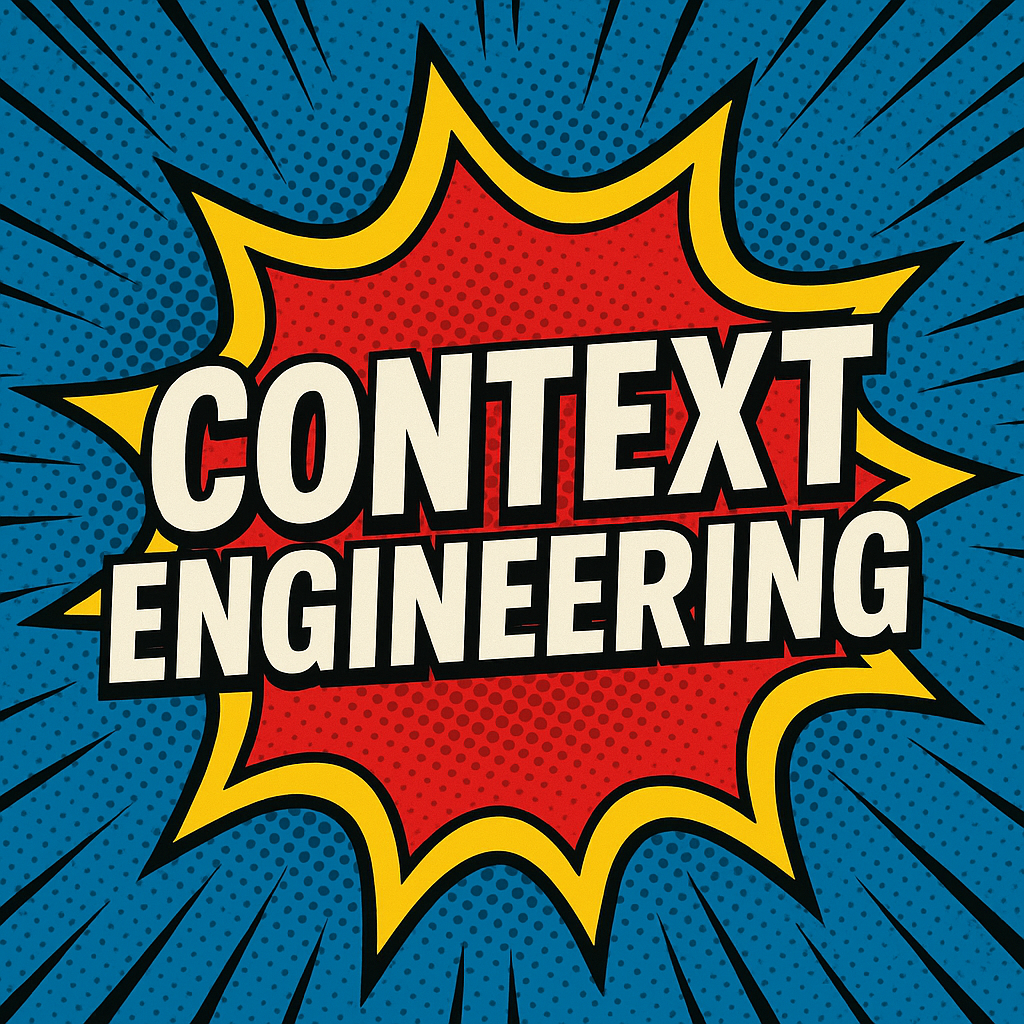
Enterprise AI Is a System, Not a Model
Many enterprise leaders are making a costly category error. They're confusing access to intelligence with operational AI.
The distinction matters because public chatbots and foundation models are optimized for one set of outcomes while enterprise AI requires something entirely different. ChatGPT, Claude, and Gemini excel at general reasoning, conversational fluency, and handling broad, non-contextual tasks. They're designed to answer questions, generate content, and provide insights across virtually any domain.
Enterprise AI operates in a different universe. It must execute inside real workflows, maintain accountability and governance at every step, and deliver repeatable business outcomes. The goal isn't to answer questions. It's to orchestrate work.

Workflow-Centric Enterprises: The Post-Application Era of Agentic AI
Something significant happened at Dreamforce this year, though it wasn't captured in a single keynote moment or product announcement. Between the demos of Agentforce and the conversations in packed conference rooms, a new narrative about enterprise operations began taking shape. Organizations are no longer thinking primarily about which applications to buy or build. Instead, they're asking a different question: how does work actually flow through our organization?

Agentic AI Operations: The Next Frontier in Enterprise Automation
Enterprise AI is going through a dramatic transformation. What began as cautious experimentation with machine learning models has evolved into the bold deployment of autonomous AI agents capable of reasoning, decision-making, and acting independently. Yet as organizations embrace this new concept, a critical challenge emerges: how do you effectively manage, monitor, and govern AI systems that operate with varying degrees of autonomy? The answer lies in Agentic AI Operations (AIOps), a discipline that is rapidly becoming the cornerstone of successful AI-driven enterprises.

Manufacturing's Digital Workforce: Beyond Automation to Intelligent Production
The manufacturing industry is often the source of innovation. From the first assembly lines to today's robotic arms and connected machines, the sector has continuously pushed the boundaries of what automation can achieve. The next evolution in manufacturing isn't simply about adding more robots or connecting more sensors though. It's about creating intelligent production environments where AI agents work alongside humans and machines, forming a digital workforce capable of perceiving, reasoning, and acting across entire manufacturing ecosystems.

Principles of Agentic AI Governance in 2025: Key Frameworks and Why They Matter Now
The year 2025 marks a critical transition from AI systems that merely assist to those that act with differing levels of autonomy. Across industries, organizations are deploying AI agents capable of making complex decisions without direct human intervention, executing multi-step plans, and collaborating with other agents in sophisticated networks.
This shift from assistive to agentic AI brings with it a new level of capability and complexity. Unlike traditional machine learning systems that operate within narrow, predictable parameters, today's AI agents demonstrate dynamic tool use, adaptive reasoning, and the ability to navigate ambiguous situations with minimal guidance. They're managing supply chains, conducting financial trades, coordinating healthcare protocols, and making decisions that ripple through entire organizations.

Invisible AI: Ambient Intelligence That Works in the Shadows
Picture walking into an office where the temperature adjusts perfectly without anyone touching a thermostat. Supply chains reroute shipments around disruptions before logistics managers even know there's a problem. Compliance violations get flagged and fixed automatically, leaving audit trails that appear like magic when inspectors arrive. This isn't science fiction; it's the emerging reality of invisible AI, where intelligent systems work tirelessly behind the scenes, making countless micro-decisions that keep businesses running smoothly.

Context Engineering: Optimizing Enterprise AI
Large Language Models (LLMs) and AI agents are only as effective as the context they receive. A well-crafted prompt with rich, relevant background information can yield dramatically different results than a bare-bones query. Recent studies show that LLM performance can vary by up to 40% based solely on the quality and relevance of input context, making the difference between a helpful AI assistant and a confused chatbot.
This reality has given rise to a new discipline: Context Engineering is to AI what Prompt Engineering was to GPT-3. While prompt engineering focused on crafting better individual requests, context engineering takes a systems-level approach to how AI applications understand and respond to their environment.

The Evolution of RAG: From Basic Retrieval to Intelligent Knowledge Systems
Retrieval-Augmented Generation (RAG) has transformed and evolved to meet emerging business and system requirements over time. What started as a simple approach to combine information retrieval with text generation has evolved into sophisticated, context-aware systems that rival human researchers in their ability to synthesize information from multiple sources.
Think of this evolution like the development of search engines. Early search engines simply matched keywords, but modern ones understand context, user intent, and provide personalized results. Similarly, RAG has evolved from basic text matching to intelligent systems that can reason across multiple data types and provide nuanced, contextually appropriate responses.
